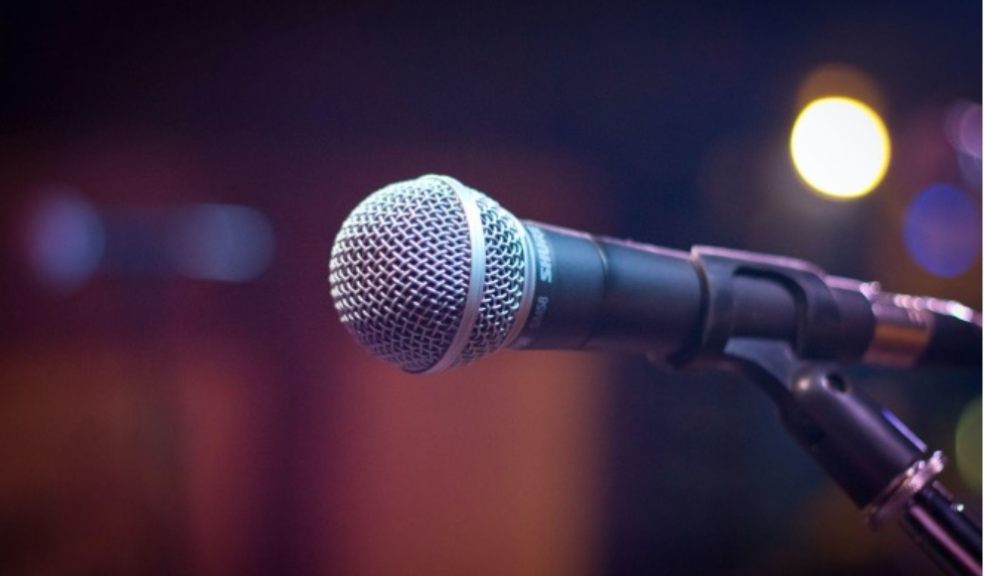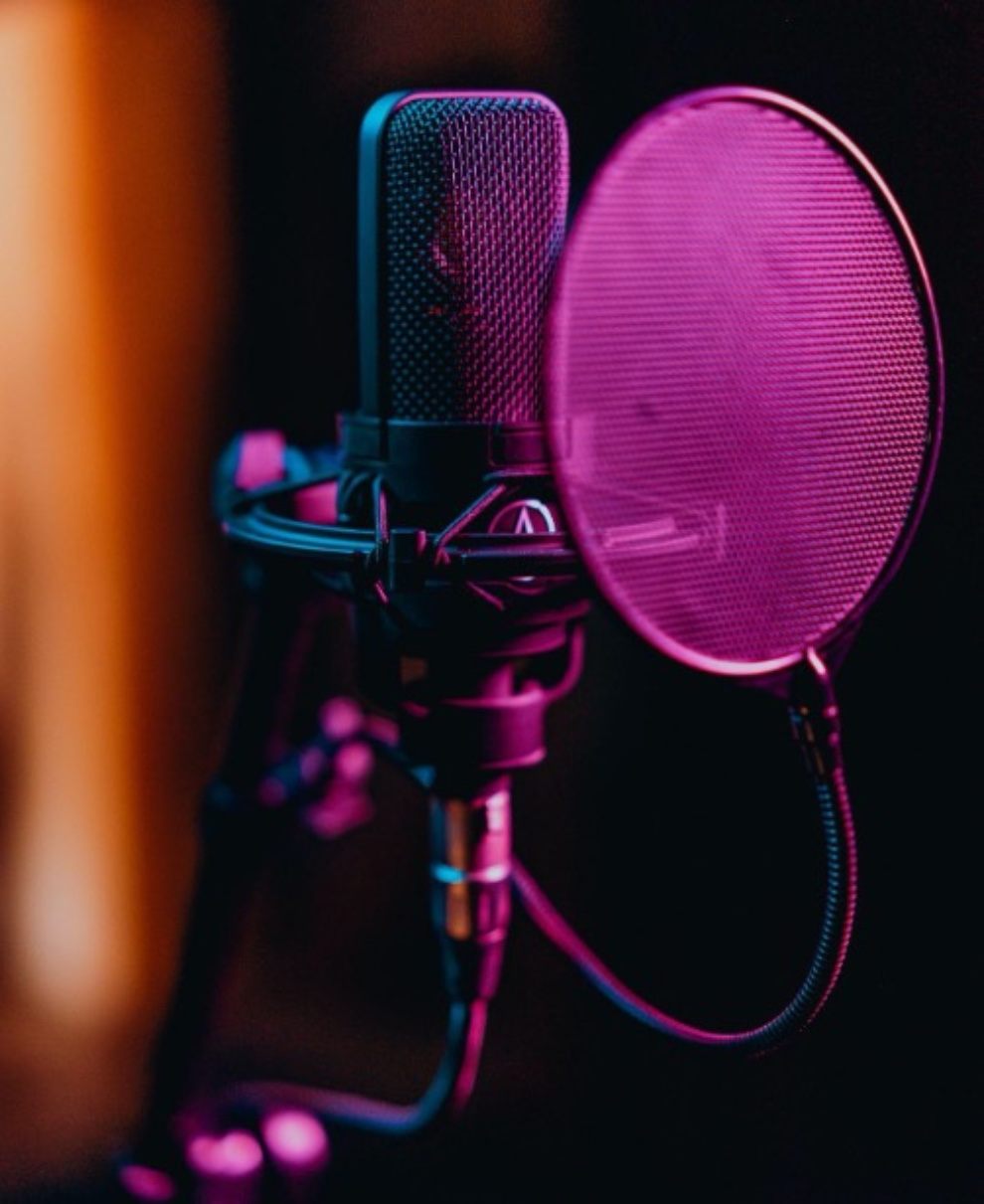
Which Type of Microphone Is The Best For You?
There are many microphones out there to choose from. Not to mention they vary in design and purposes.
The first thing to ask is what do you plan on doing with the microphone. Are you a singer-songwriter or a sound engineer?
Answering this question first will help you find the right microphone for your needs.
To learn more about different types of microphones, read below.
Polar Patterns
Before heading into the meat of the discussion, you'll have to know what polar patterns are. This word will pop up from time to time, so it's best to have a basic understanding.
In simplest terms, this is the direction where the microphone is most sensitive to noise. This is important to know if you want to avoid areas of unwanted sound.
There are three known patterns: cardioid, bidirectional and omnidirectional.
Cardioid
This polar pattern is most sensitive in the front of the microphone. Anything outside of that gets blocked out.
Bidirectional
This pattern picks up two sides, the front and the back, while blocking off side noise.
Omnidirectional
This last type captures sound from everywhere in the area.
The Different Types of Microphones
To help answer the initial question, here are the main types of microphones being used.
Dynamic
This microphone is very common in live events like concerts.
How it works is that inside the microphone is a diaphragm. The diaphragm is attached to a coil that is suspended between two magnets.
When an incoming sound wave (i.e., a voice) hits the diaphragm, the diaphragm moves, causing the coil to move up and down. The movement creates an A.C current that imitates the sound wave.
What dynamic microphones also offer is they can handle high sound pressure. Because of this, it does not result in distortions or clipping.
Dynamic microphones have a cardioid pattern. A cardioid pattern only picks up the sound in the direction you point it at. You don't have to worry about any other area outside the pattern, as it will cancel out the sound.
I recommend buying this microphone if you plan on creating a live event or a place to hold such events.
While this is great for a live setting, it might not be ideal for recording studios. One thing that dynamic microphones lack is sound sensitivity.
Since they are made relatively cheaply, they do not have the capabilities in this department. However, that's where the next microphone comes in.
Condenser
Condenser microphones can capture softer sound pressures, making this the number 1 go-to microphone for recording studios.

There is also a diaphragm inside the microphone. It's thinner than the one in a dynamic microphone and includes a backplate. Another thing that sets it apart is that it requires electricity for it to work.
You can power a condenser microphone by either using batteries or phantom power.
Phantom power refers to the amount of power needed to activate the diaphragm. Audio interfaces typically come with phantom power since you will connect your microphone to an audio interface.
Condenser microphones usually have a cardioid pattern. But they also come with other patterns like bidirectional and omnidirectional.
Whether you own a professional recording studio or have a simple set-up at home, this is the microphone that will do the job.
The one contention that this microphone has is its main advantage. Since it can capture quieter sounds, it can pick up everything. This includes background noises like an electric fan or footsteps.
While not a significant drawback, this can become a nuisance if you record music at home. Remember this when you plan to record vocal takes in your own home.
Ribbon
You might not know that more than two types of microphones are available. The next type of microphone is the ribbon microphone.
These microphones are similar to dynamic microphones with differences in construction. The main difference is the diaphragm is made of aluminum in the shape of a ribbon.
They are a bit quieter and darker in sound compared to dynamic microphones due to the nature of a thinner diaphragm. The advantage is that it doesn't become over sensitive to noise while picking up specific frequencies.
They come in two types, active and passive. Active ribbons come with a preamp, while a passive one does not.
Active preamps are more consistent with their quality because of the preamp, making it a more popular choice.
The pattern found in a ribbon microphone is bidirectional. This means it cancels any side noise while capturing the front and back.
Active preamps are more consistent with their quality because of the preamp, making it a more popular choice.
This type of microphone is mainly used on orchestral instruments like woodwinds, brass, and strings. You can even use them for drum overheads.
Which One To Get?
This will all come down to what you plan to record. While it is possible to record with all microphones, knowing that a particular microphone excels at certain things and another with other things does help.
Dynamic microphones are perfect for recording louder instruments like electric guitar and bass. It is also very ideal for stages and concert halls.
Condenser microphones are best for a recording studio set-up. This can be used to record vocals and other sounds. Just don't forget to treat your room or make sure there isn't any unnecessary noise while recording.
Ribbon microphones are like a premium option out of the three. This isn't considered an early recommendation for beginners. If you happen to want one, this will be good for recording instruments or sounds for more space or atmosphere.
Frequently Asked Questions
Should I go for expensive ones?
You don't need to go for expensive microphones. Dynamic microphones are the cheapest among the three so getting a budget-friendly dynamic microphone shouldn't be a problem.
Condenser microphones are a bit pricey, but there are still great options that get the job done.
Can I still use a condenser microphone even for a home studio?
The answer is yes. Although it will be a little difficult, it is still very possible.
Treating your room helps block off any unnecessary noise.
Are ribbon microphones good for drums?
They are suitable for overheads to help give a more surround-sound feeling to your drum tracks.
It is still recommended to buy drum microphones.
Conclusion
Now that we have discussed the different types of microphones and their respective functions, we hope it would be much clearer to discern which microphone suits you. Note that pricey doesn’t automatically mean better too!

















